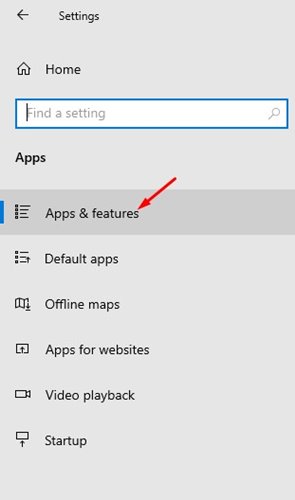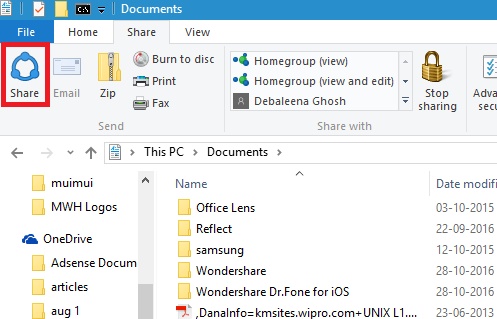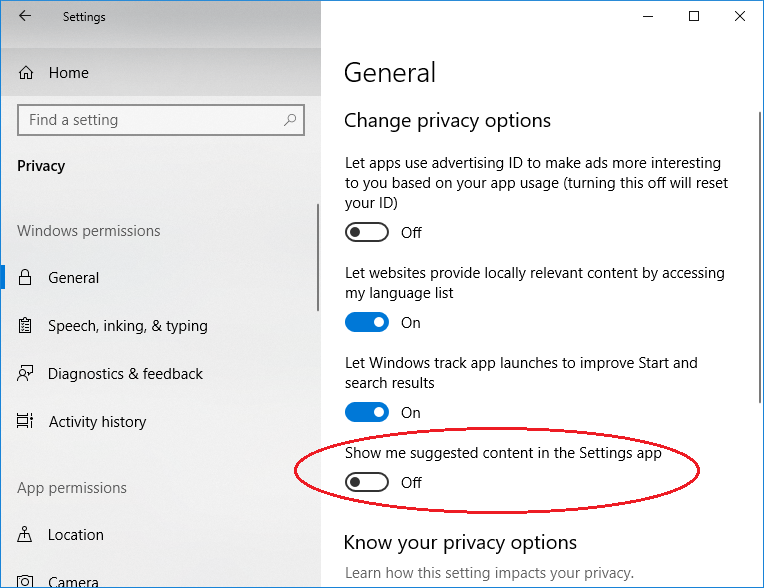

I do a 50GB hard drive, 8GB RAM, 2 CPUs, because I’ll be expanding the disk of whatever physical machine this image goes onto anyway, and if I keep it small I could theoretically install it on a machine with a small SSD.

I’m using VirtualBox to do all of the virtual machine stuff. It’s the start menu and suggested app stuff that’s new. The first bit of this is pretty well trodden ground for me. Ideally, I would like it not to contain the crap that comes suggested on the Start menu these days - Candy Crush Saga and Minecraft do not need to be on work computers. My goal here is to build a base Windows image that I can deploy using Clonezilla (because I have not yet spent the time or energy to figure out how the Microsoft Deployment Toolkit works) and which contains a number of useful programs. This will give you a screen with a lot of different toggles for the Start menu the one you want to switch to on is, Use Start full screen.This isn’t really museum-specific, but I figured I should document it anyway, because it might be useful, and I just built a new image based on Wind(“Fall Creators Update”). From the Settings menu, select Personalisation and then select Start from the list on the left. To turn on the full-screen menu, click on the Start menu and click Settings. If this sounds like madness to you, you might want to give it a go the way the Windows 10 menu appears and is used is much less intrusive and slow than the Windows 8 version. If you prefer Windows 8’s full-screen Start menu, you can turn this back on in Windows 10. Here’s everything you can do to customise it to work the way you want it.įind out how to use all of the new Windows 10 features Make the Start menu full screenīy default, tiles live side-by-side with your programs list, giving you almost the best of both worlds. While the Windows 10 menu will work well for most people, you don’t have to put up with the default settings.

We have to say, though, that the Start screen did have some good things about it, which is why we’re pleased to see Live Tiles integrated with a more traditional menu, as with Windows 7. One of the worst things about Windows 8 was that it ditched the Start menu entirely, replacing it with the much-maligned Start screen.


 0 kommentar(er)
0 kommentar(er)
